The legends of wild, hairy creatures lurking in the dense forests of North America have long captured the human imagination. Among these legends, Sasquatch—or Bigfoot as it is known in the United States—stands out as an enduring mystery. Stories of this elusive creature have been passed down through generations, particularly in Canada, where the vast wilderness offers a perfect hiding place for such an entity. But could Sasquatch be more than just folklore? Could Canada’s wilderness hide an undiscovered species? This article delves into the science behind the legend of Sasquatch, exploring both the evidence and skeptics’ arguments.
The Legend of Sasquatch

The legend of Sasquatch finds its roots in Indigenous folklore across North America. Known by various names, including Skookum, the Windigo, and the Wildman, these tales often describe a large, ape-like creature that roams the wilderness. Indigenous communities have shared stories of encounters, emphasizing the creature’s ability to remain hidden from human eyes. While these stories vary, they often portray Sasquatch as a being that embodies the spirit of the forest.
Scientific Pursuit of Evidence
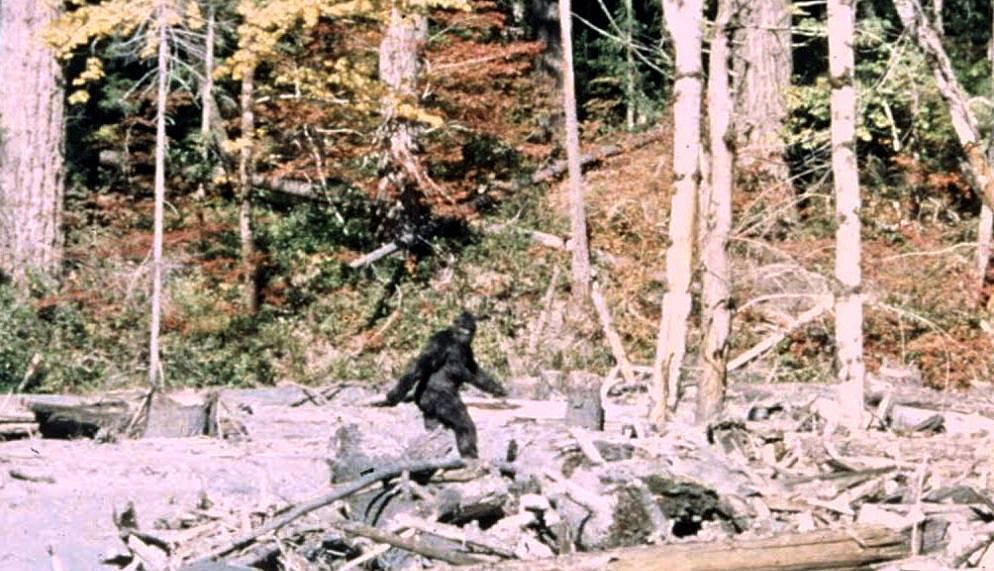
Despite its mythical status, the search for Sasquatch has attracted serious scientific attention. Researchers have attempted to substantiate the existence of Sasquatch using various scientific methods, including cryptozoology, the study of animals whose existence is unsubstantiated. This field has prompted investigations, including the collection of hair samples, footprints, and audio recordings purportedly linked to Sasquatch. However, most of these findings have led to inconclusive or scientifically questionable outcomes.
Footprints and Physical Evidence
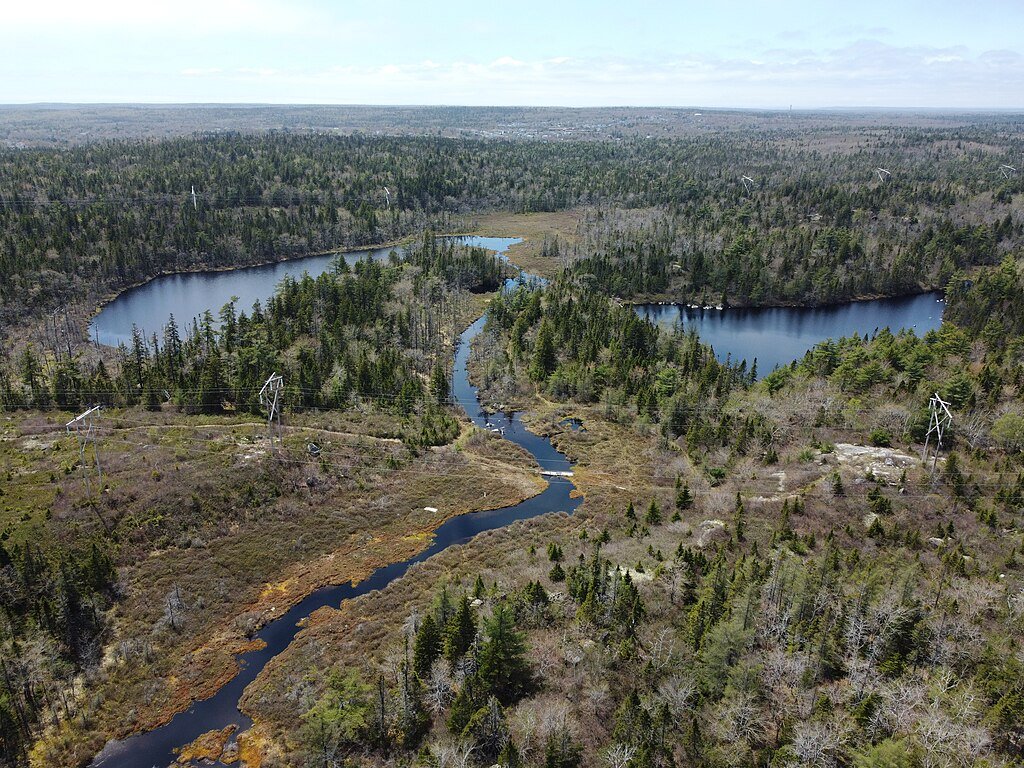
Many claims regarding Sasquatch sightings include descriptions of large footprints, ranging anywhere from 15 to 24 inches long. Researchers have analyzed footprint casts, looking for dermal ridges or toe patterns that could indicate authenticity. However, critics argue that these prints are often hoaxes or misinterpretations of bear tracks or other wildlife.
Audio Evidence: Capturing Sasquatch’s Call

Some enthusiasts claim to have recorded vocalizations attributed to Sasquatch. These sounds typically include cries or howls that do not match known animal calls. Audio experts have analyzed these recordings but have yet to categorize them definitively as belonging to an unknown species.
DNA Analysis: A Modern Approach

Advancements in DNA technology have allowed scientists to analyze hair samples alleged to belong to Sasquatch. In 2014, a study analyzed over 30 samples, concluding that most were from known animals like bears, wolves, or deer. Despite these results, some samples yielded inconclusive data, fueling ongoing speculation.
The Role of Cognitive Biases
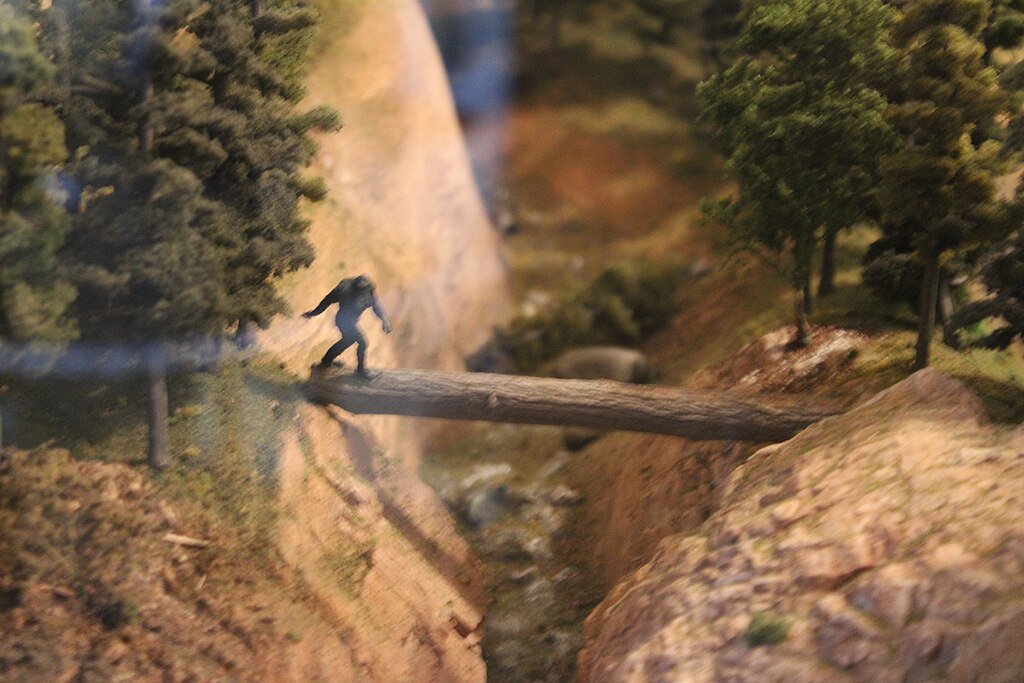
Human cognition plays a significant role in reported encounters with Sasquatch. Psychological factors like pareidolia—the tendency to perceive familiar patterns such as faces in random stimuli—can explain some sightings. Cognitive biases often lead individuals to interpret ambiguous evidence as definitive proof of Sasquatch.
Ecological Considerations: Could Sasquatch Survive?

The vast and sparsely populated regions of Canada offer ecological niches where a large hominid could theoretically exist undetected. These remote areas provide ample food sources, water, and shelter. However, challenges remain, such as the necessity of a viable breeding population to prevent extinction.
Skepticism and Contradictory Evidence
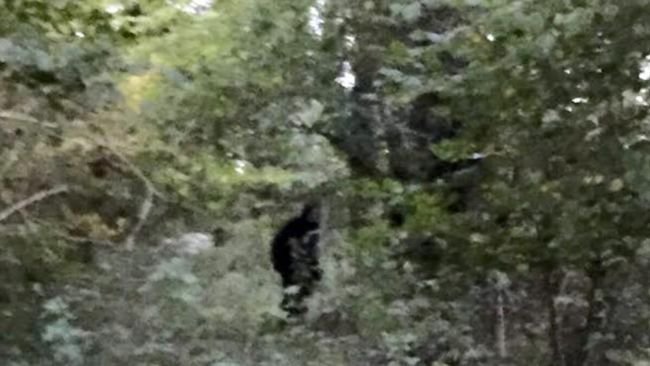
Many scientists remain skeptical of Sasquatch’s existence due to the lack of concrete evidence like remains or clear, verifiable photographs. The absence of a captured specimen or unambiguous DNA remains the most significant hurdle in proving Sasquatch’s existence.
Cultural Significance and Impact
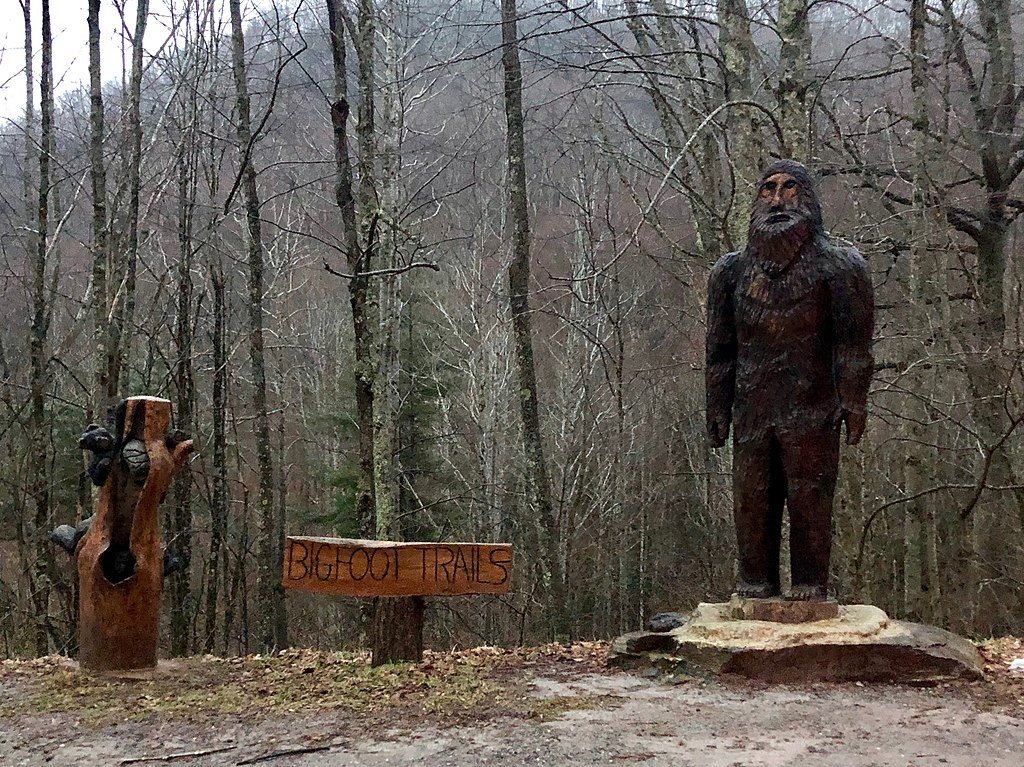
The Sasquatch legend holds cultural significance in North America, particularly among Indigenous communities. It also influences popular culture, inspiring movies, books, and tourism in areas where sightings are frequent. This cultural impact keeps the legend alive, blending folklore with scientific inquiry.
The Future of Sasquatch Research
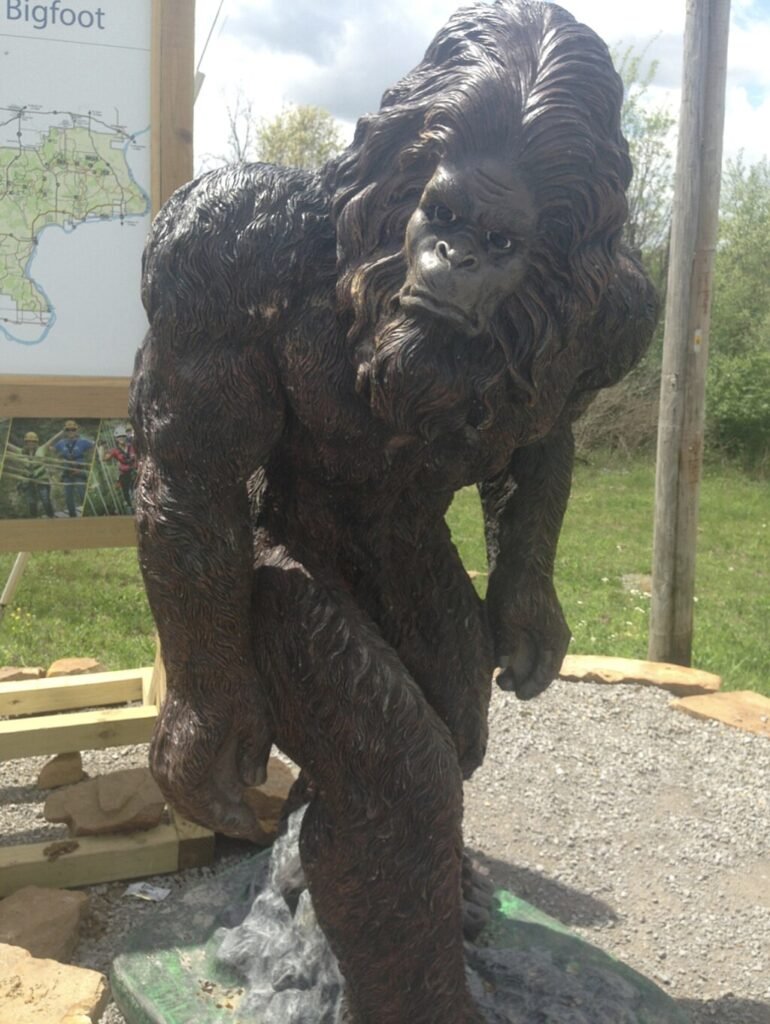
The search for Sasquatch continues to inspire both professional scientists and amateur enthusiasts. Future research may benefit from technological advancements, like better surveillance equipment and more refined DNA analysis, potentially bringing new insights into this enduring mystery.
Conclusion: An Unending Quest
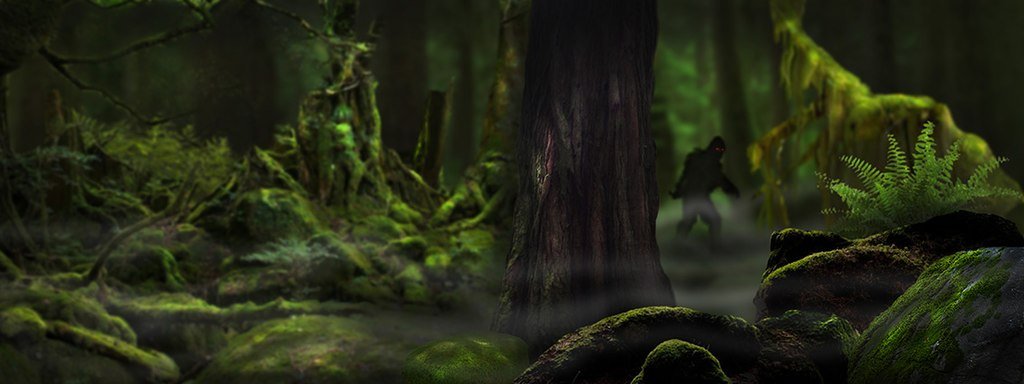
Whether real or mythical, Sasquatch continues to captivate imaginations and fuel debates. The possibility of an undiscovered species living in Canada’s wilderness remains an enticing thought, prompting scientific inquiry and personal curiosity alike. While skepticism prevails in scientific circles, the legend of Sasquatch endures, inviting future exploration and discovery.




